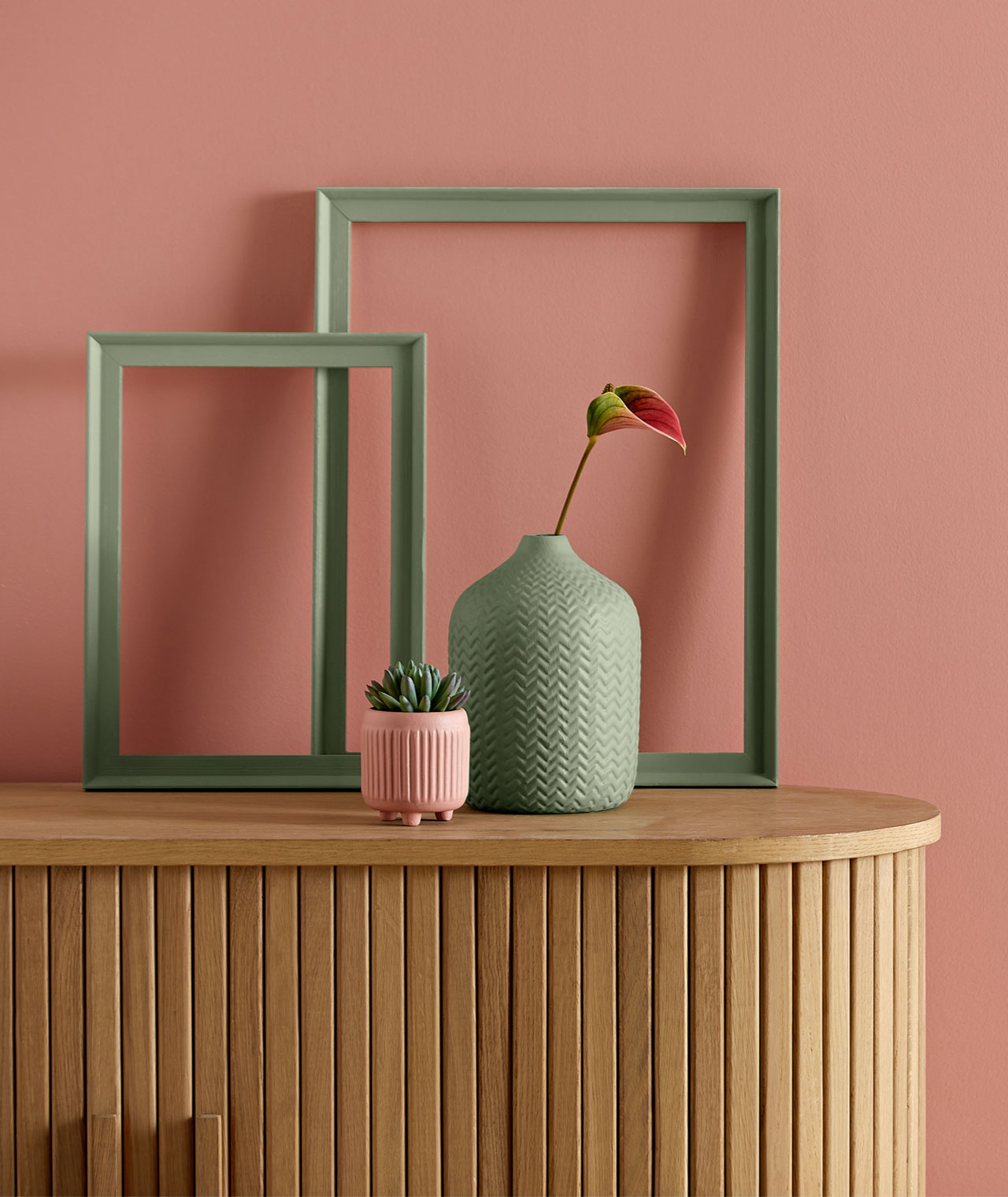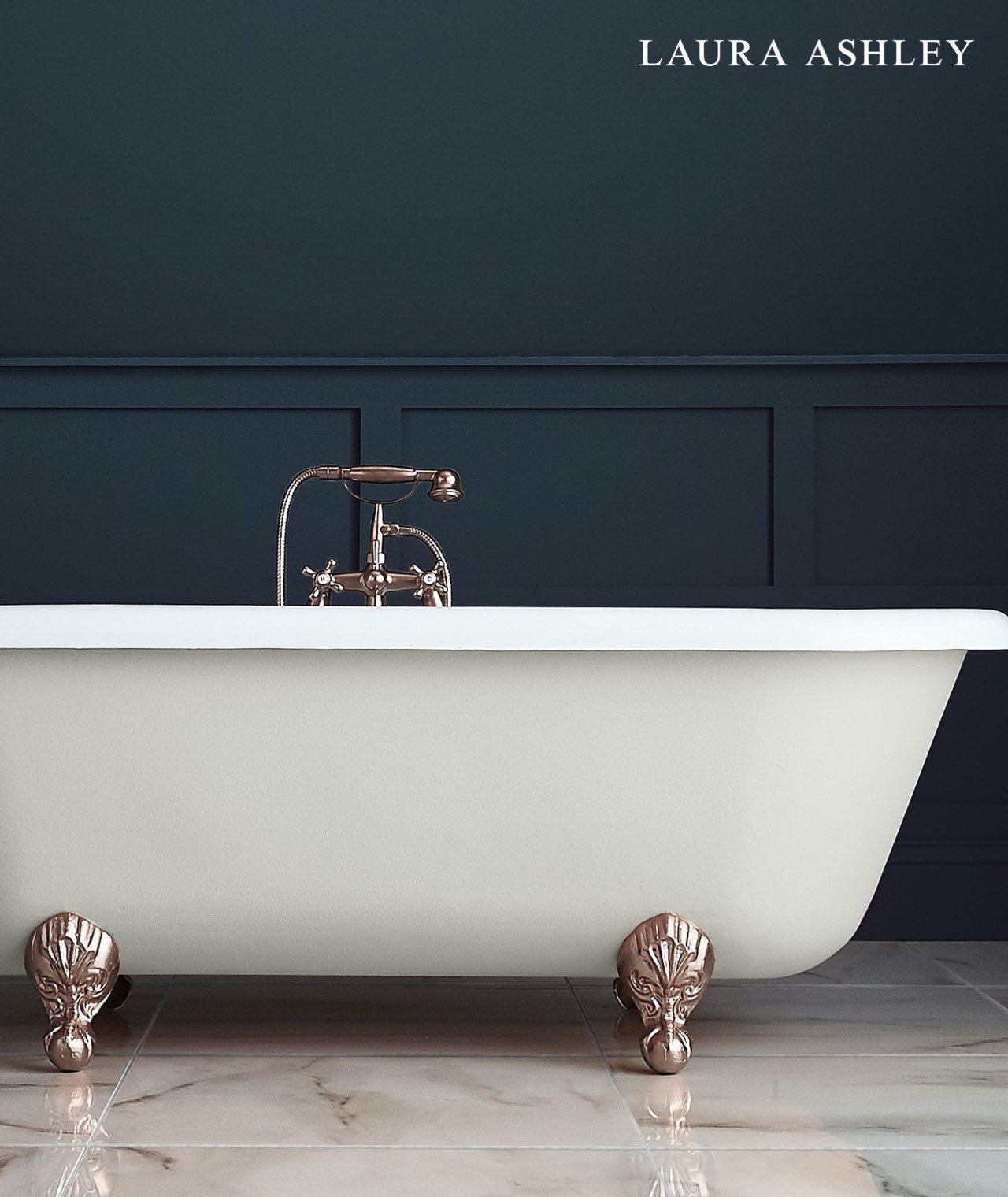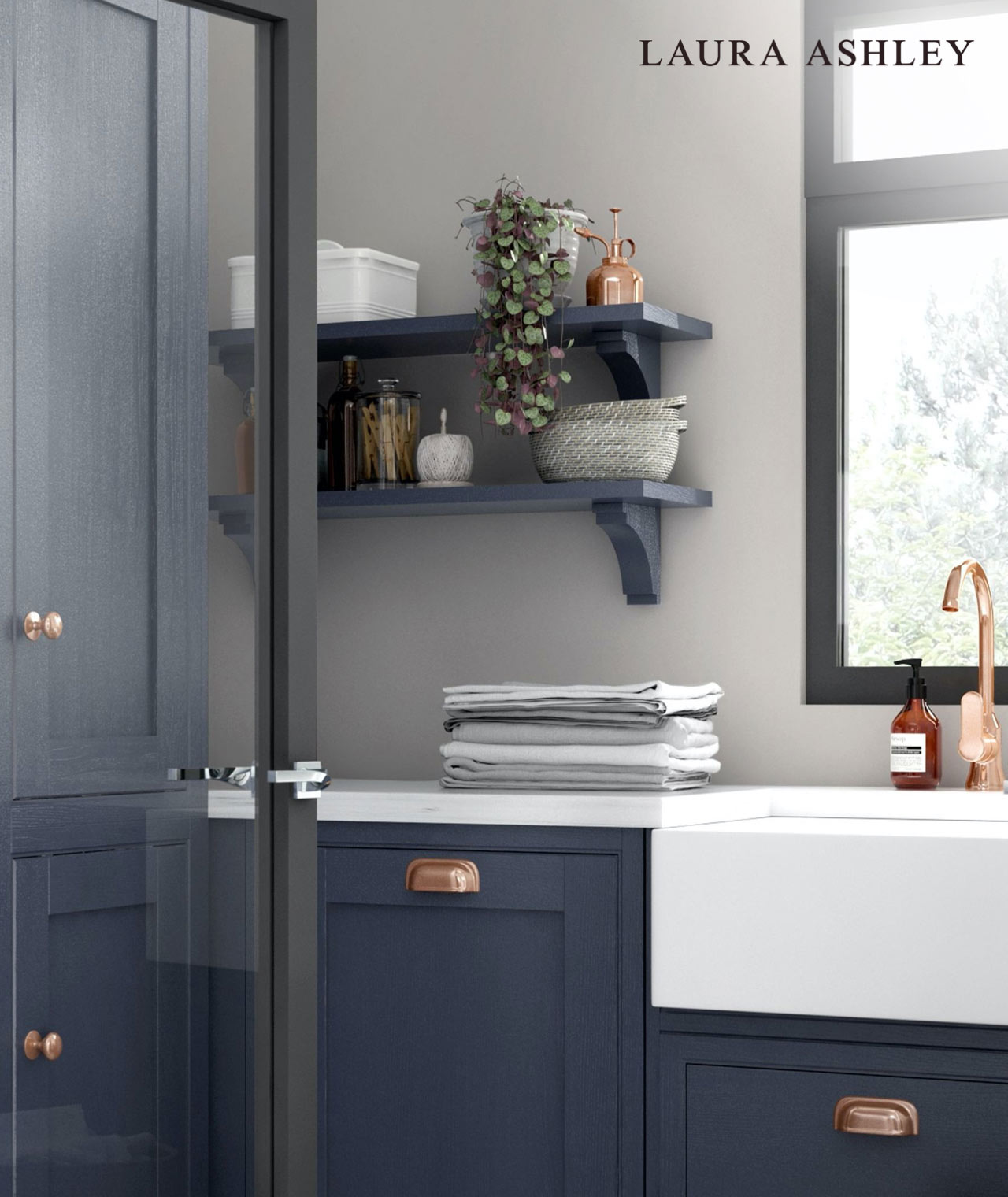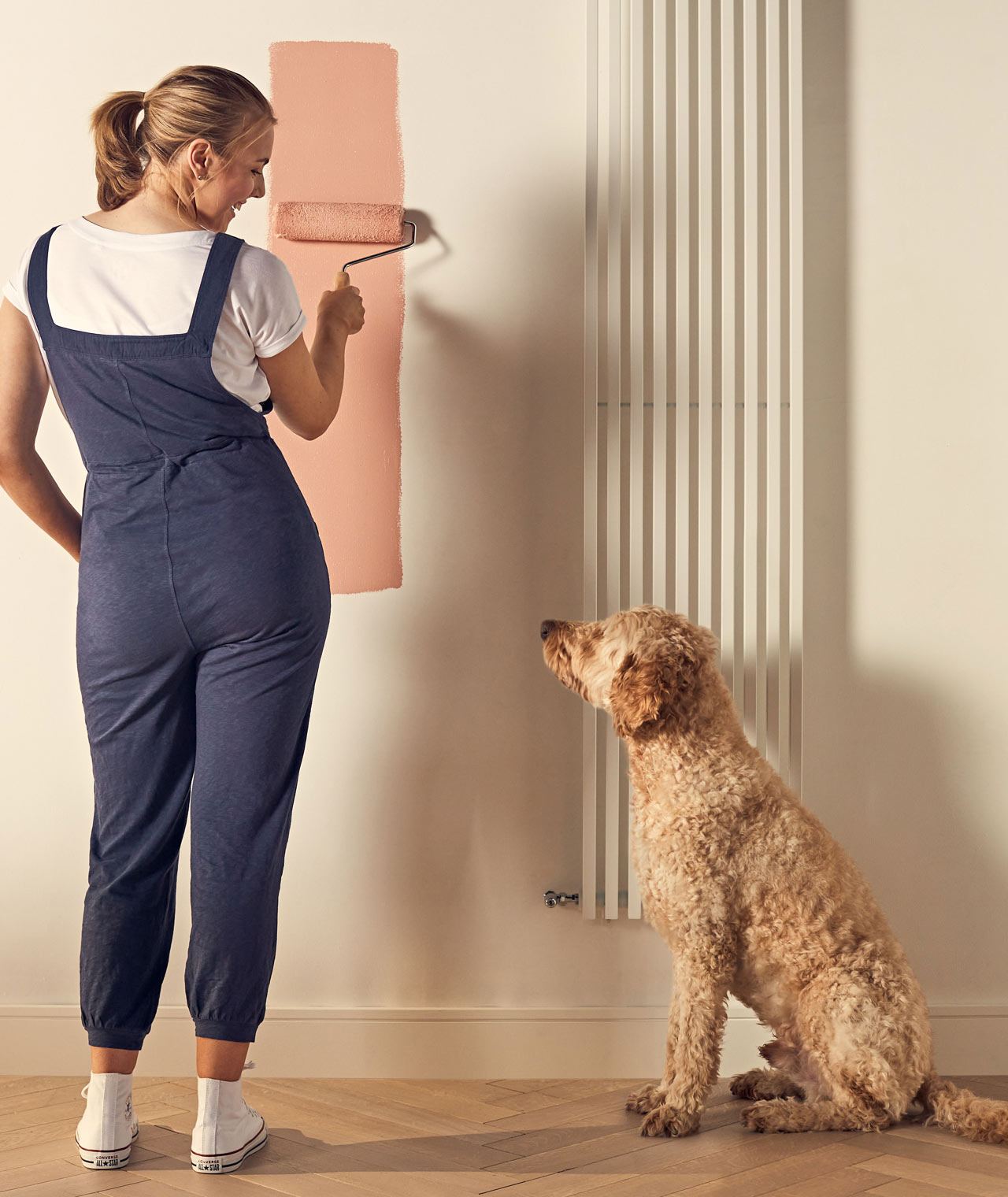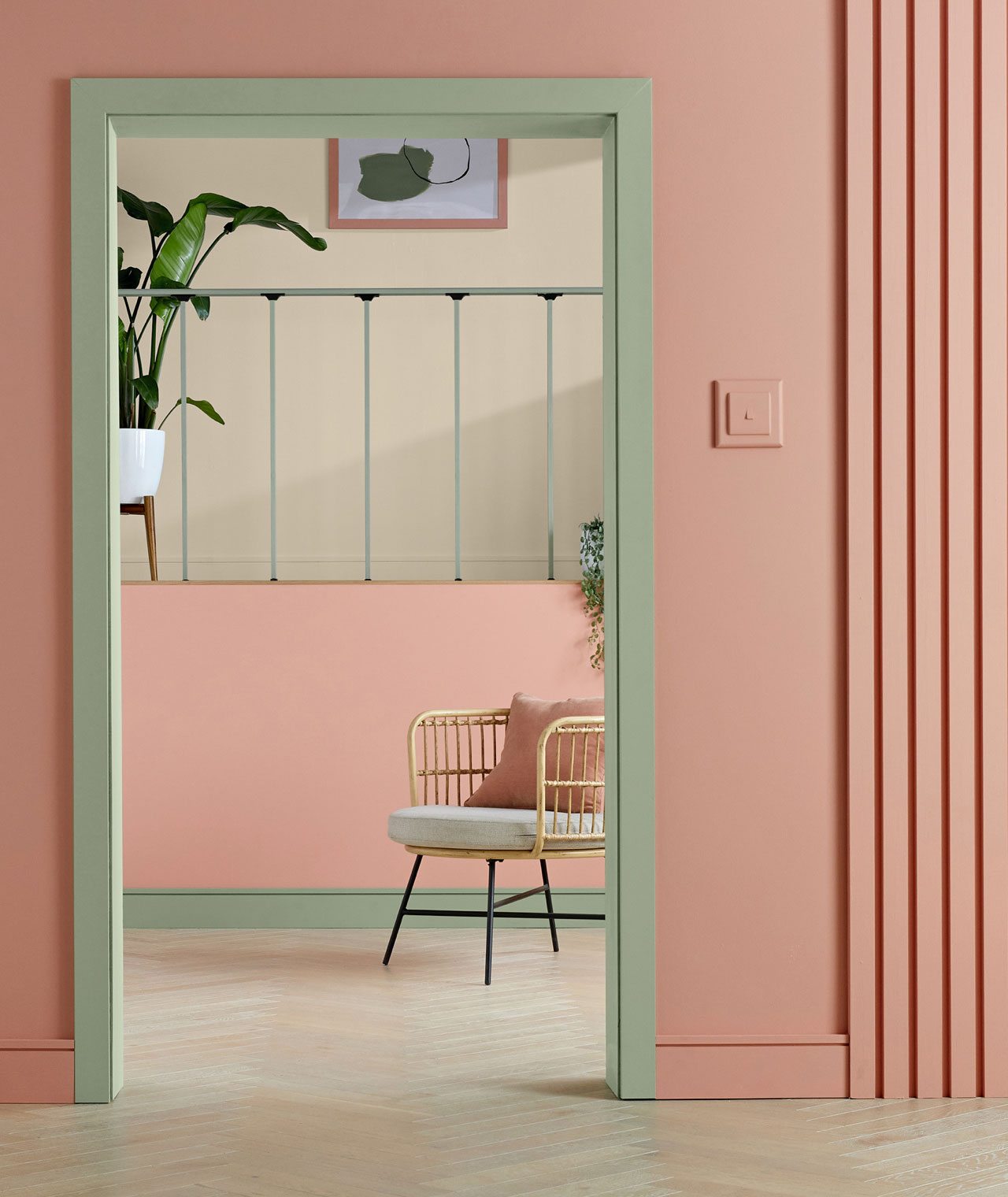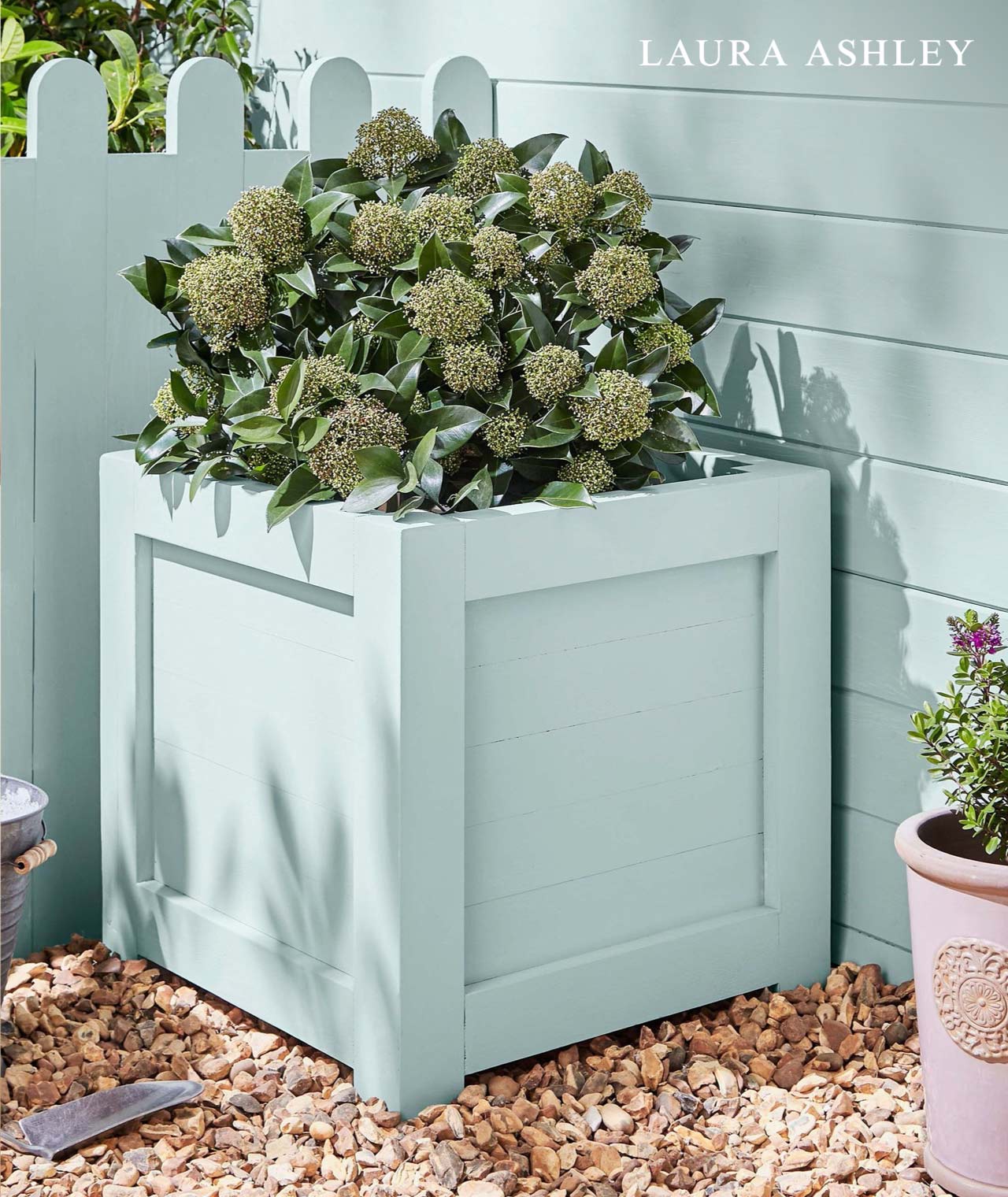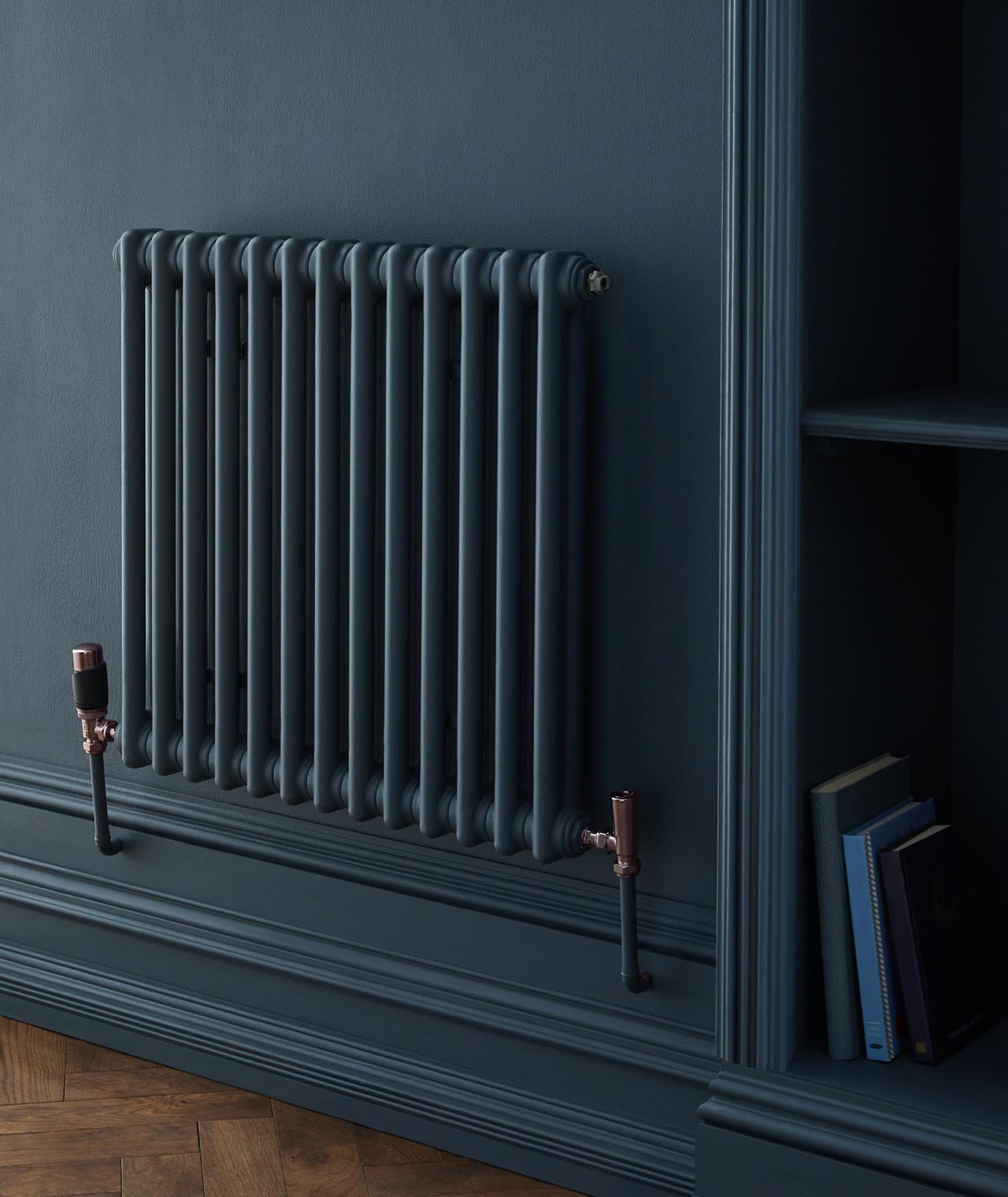Here’s how to apply radiator paint:
1. Lay protective sheets on surrounding walls and floors.
2. Cover valves or vents with masking tape.
3. Lightly sand the surface.
4. Clean the radiator with a damp cloth to remove dust.
5. Stir the paint before and during use.
6. Apply the first coat evenly using a synthetic brush. Finish with vertical brush strokes.
7. Wait for the first coat to dry before applying the second.
8. Leave at least 24 hours after painting before turning the radiator back on.
